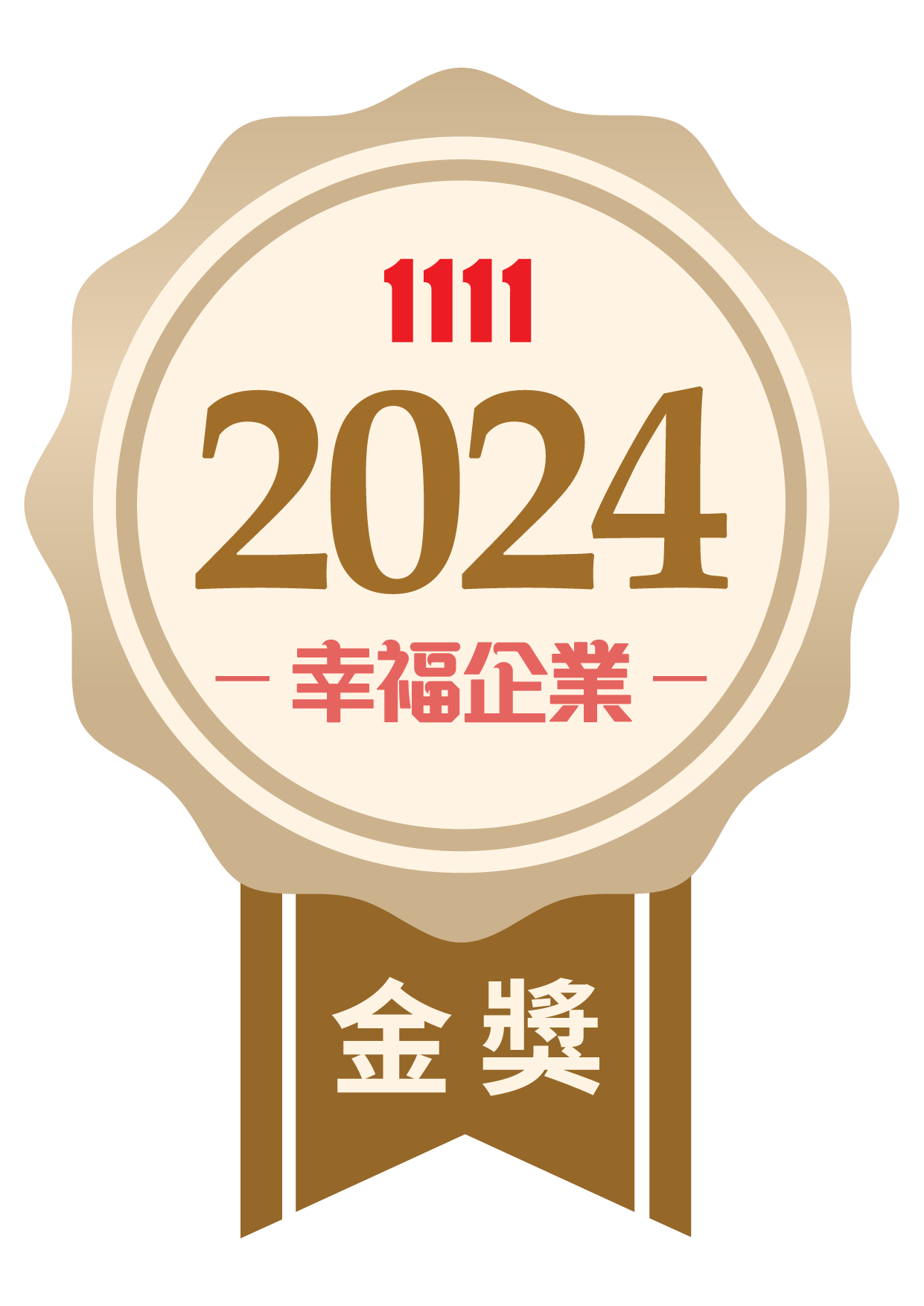The global aluminum beverage can market is steadily expanding and is expected to reach USD 61.1 billion by 2033.
Source: Globe Newswire – Astute Analytica Market Research Report
According to the latest report released by market research firm Astute Analytica, the global aluminum beverage can market is demonstrating strong growth momentum. The market size reached USD 36.95 billion in 2024 and is projected to grow to USD 61.12 billion by 2033, with a compound annual growth rate (CAGR) of 5.75%, highlighting the robust outlook of the aluminum packaging industry.

Production Soars as Regions Compete for Growth
Global aluminum can production is projected to reach an impressive 627 billion units in 2024. North America stands out in particular, with production expected to rise from 120 billion units in 2020 to 173 billion units by 2030. The European market is also showing strong growth, with output forecast to increase from 73 billion to 109 billion units during the same period. In Asia, China is emerging as a major market, with production expected to surge from 71 billion units in 2020 to 122 billion units by 2030.
In terms of market structure, North America currently holds the largest share at 30%. Standard can formats account for 35% of the market, while two-piece can designs dominate with a 60% share.
Sustainability Drives Market Growth
The rise in environmental awareness has become a key driver of growth in the aluminum can market. The report highlights that recycled aluminum saves up to 95% of the energy required to produce new aluminum. In the United States, the average recycled content of aluminum cans has already reached 71%.
The industry has also made significant advances in lightweighting technology, reducing can end thickness from 0.39 mm to 0.24 mm. This not only lowers material usage but also cuts transportation costs and carbon emissions.
These sustainability efforts have gained strong support from both consumers and governments, further fueling market demand.
Active Trade Dynamics and Deepening International Cooperation
International trade plays a key role in the aluminum can market. In 2023, the United States exported aluminum cans worth USD 635 million, primarily to Canada and Mexico. At the same time, it imported USD 411 million worth of aluminum cans, with Canada and Mexico also being the main sources. Germany, China, and France are also significant exporters in this sector.
Technological Innovation Leads the Way
Lightweighting technology continues to advance, with the weight of modern aluminum cans reduced from 16.55 grams in 1972 to 14.9 grams today. The industry commonly uses 3104 aluminum alloy for can bodies and 5182 alloy for can ends, ensuring strength and durability. A standard 12-ounce aluminum can can withstand over 90 pounds per square inch of internal pressure, fully meeting the requirements for packaging carbonated beverages.
Optimistic Market Outlook
With growing consumer demand for convenience, sustainability, and recyclable packaging solutions, the aluminum beverage can market shows strong future potential. Major international manufacturers such as Ball Corporation and Crown Holdings continue to invest in production expansion. Supported by environmental policies from various governments, the market is expected to maintain a steady growth trajectory over the next decade.

For Taiwan’s aluminum can industry, the vast market opportunities across the Asia-Pacific region present a significant growth potential. Leveraging strengths in precision manufacturing and quality control, Taiwanese manufacturers are actively expanding their presence across the related supply chain. Through close collaboration with clients and continued investment in technological R&D, they aim to secure a foothold in the ongoing global expansion of the aluminum can market.



